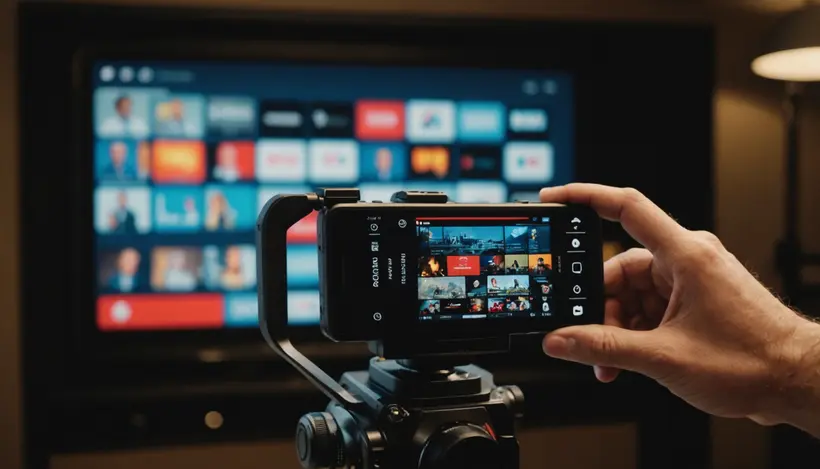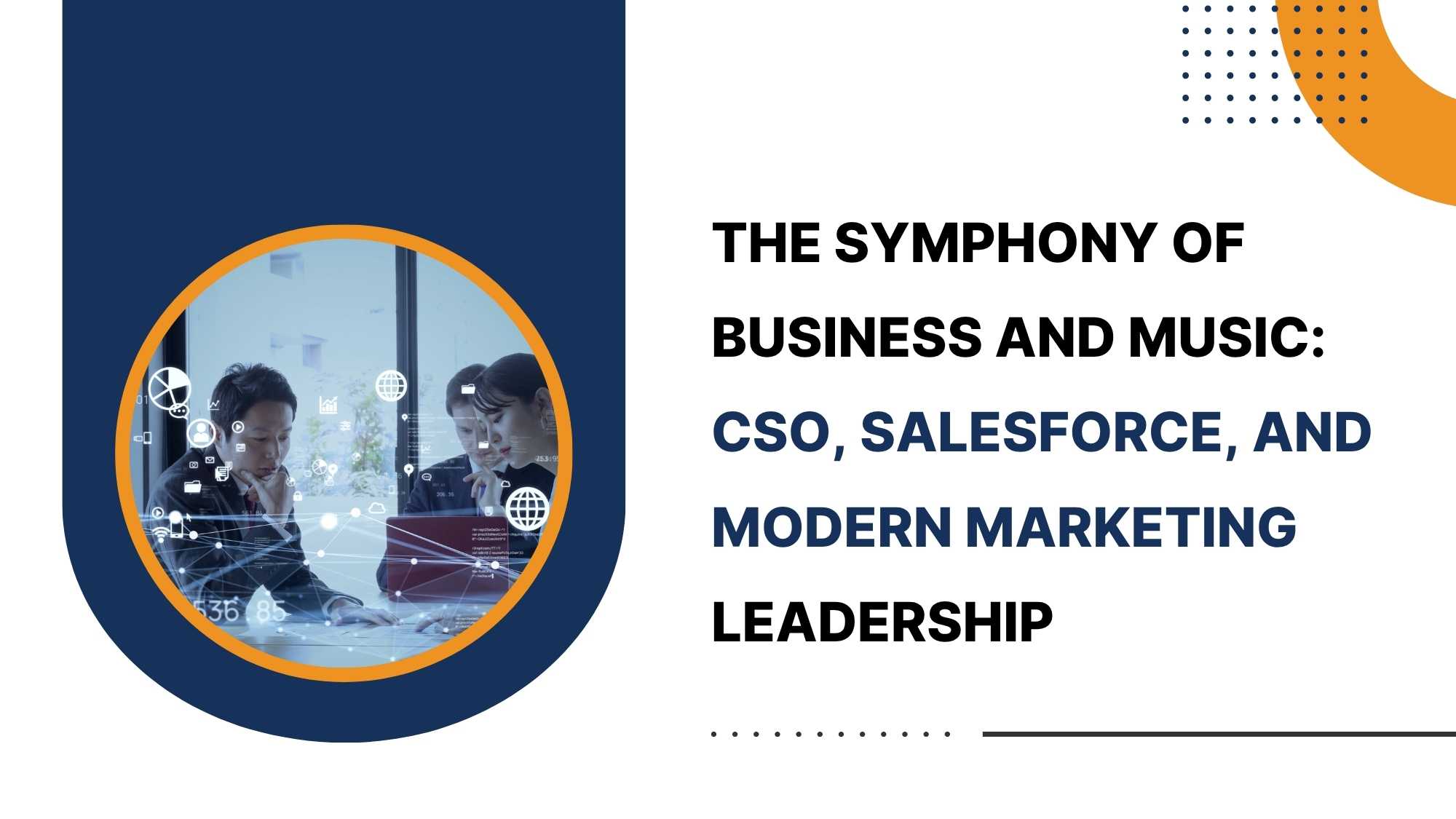The shift towards Over-The-Top (OTT) platforms is no longer a futuristic prediction; it’s the current reality for broadcasters worldwide. The driving force behind this digital transformation is undeniably content monetization. Traditional broadcasting models, with their reliance on advertising and cable subscriptions, are facing intense pressure from the evolving consumption habits of viewers. OTT offers a compelling escape route, allowing broadcasters to directly connect with audiences and generate revenue through a variety of methods, including subscription models, pay-per-view options, and targeted advertising.
The Data Advantage
A crucial element of successful OTT ventures lies in data aggregation and management. Broadcasters now possess unprecedented access to viewer behavior through detailed analytics. This includes data on viewing habits, preferred content genres, and device usage. Sophisticated data analysis provides invaluable insights, allowing for content curation tailored to audience preferences. Furthermore, this data informs the development of highly targeted advertising campaigns, maximizing the value of ad inventory and ultimately boosting revenue. The ability to understand and respond to the audience is paramount in this new landscape.
AI: The Strategic Engine
Artificial intelligence (AI) is playing a pivotal role in this transformation. AI algorithms can automate a range of tasks, including content recommendations, personalized user interfaces, and even dynamic pricing strategies. Beyond that, AI excels at identifying patterns and predicting future viewing trends, allowing broadcasters to proactively develop and acquire content that resonates with their target demographics. By leveraging AI, broadcasters can significantly improve their content offerings and enhance the overall user experience on their OTT platforms.
Competition in the OTT space is fierce, and differentiation is key. Broadcasters are focusing on the content they can uniquely provide, such as local news, live sports, and original programming. Creating exclusive content, backed by a strong OTT infrastructure, allows for better control of the viewer experience and a significant advantage over competitors. Strong distribution, ease of access, and engaging user interface design are also necessary to thrive.
The Future of TV
Ultimately, the move to OTT is about regaining control – control over content, audience relationships, and revenue streams. As broadcasters continue to embrace data, AI, and innovative monetization strategies, the future of television promises to be dynamic, personalized, and driven by direct-to-consumer relationships. Those broadcasters who embrace this evolution will be best positioned for sustained success in the rapidly evolving media landscape, creating content audiences are ready to pay for.













